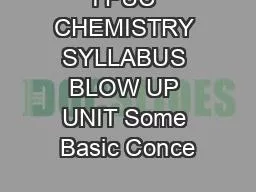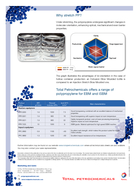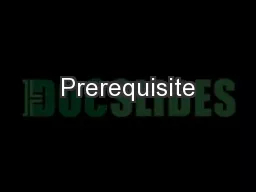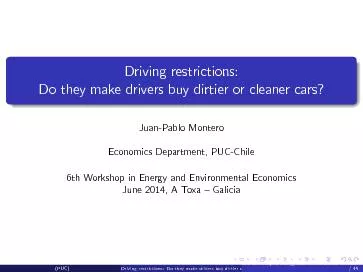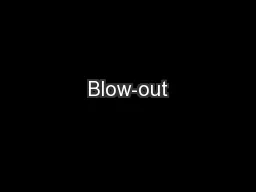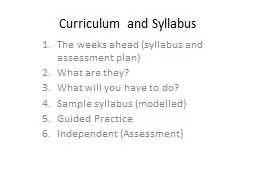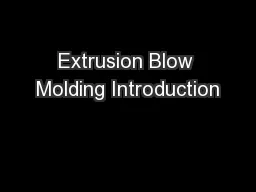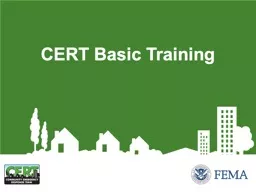PDF-I PUC CHEMISTRY SYLLABUS BLOW UP UNIT Some Basic Conce
Author : liane-varnes | Published Date : 2015-04-06
Properties of matter and their measurement seven basic physical quantities their SI units and scientific notation exponential notation Laws of chemical combination
Presentation Embed Code
Download Presentation
Download Presentation The PPT/PDF document "I PUC CHEMISTRY SYLLABUS BLOW UP UNIT So..." is the property of its rightful owner. Permission is granted to download and print the materials on this website for personal, non-commercial use only, and to display it on your personal computer provided you do not modify the materials and that you retain all copyright notices contained in the materials. By downloading content from our website, you accept the terms of this agreement.
I PUC CHEMISTRY SYLLABUS BLOW UP UNIT Some Basic Conce: Transcript
Download Rules Of Document
"I PUC CHEMISTRY SYLLABUS BLOW UP UNIT Some Basic Conce"The content belongs to its owner. You may download and print it for personal use, without modification, and keep all copyright notices. By downloading, you agree to these terms.
Related Documents

